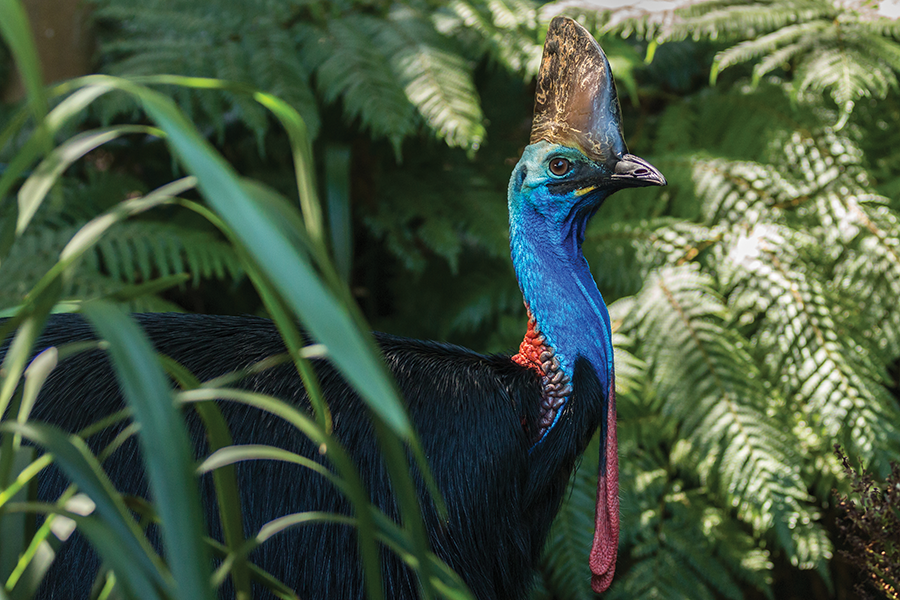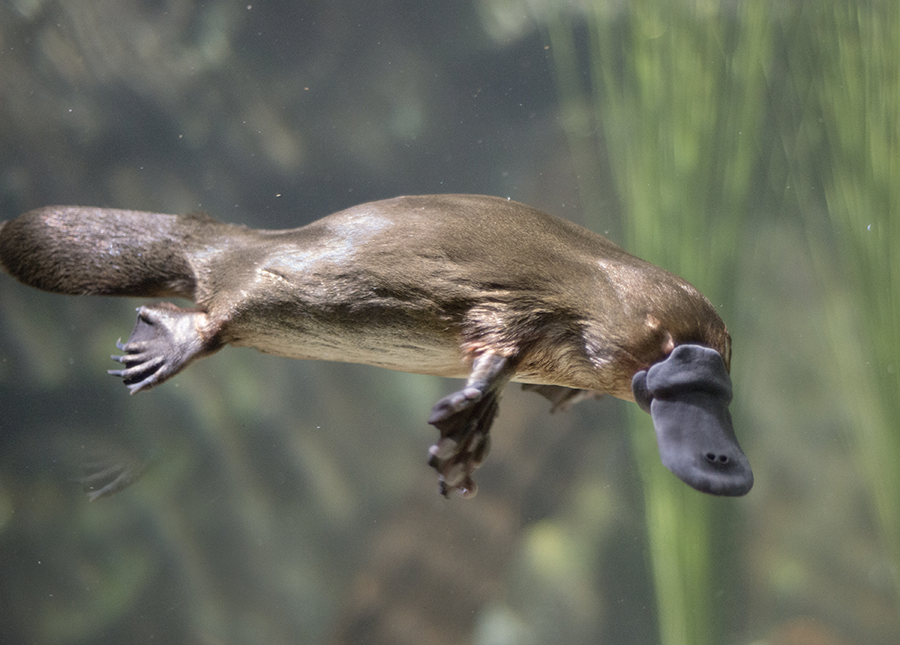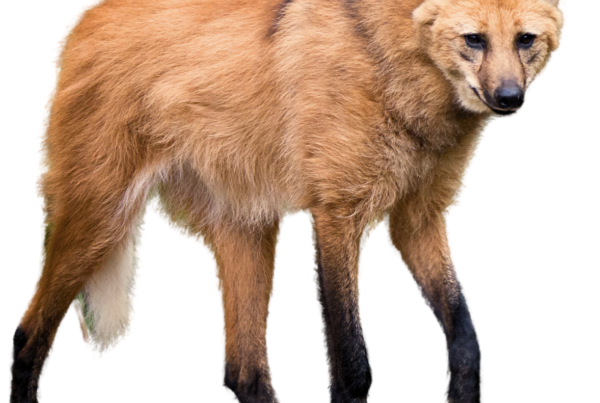While you may not have to worry about running into a T-Rex on your morning jog, not all traces of dinosaurs are buried deep in the earth. In fact, some (very, very) distant relatives of the terrorizing creatures roam around the world today.
TUATARAS
SIZE: Around 1.5 feet long and 1-3 pounds
The closest relative to the spikey and scaly tuatara is an extinct group of reptiles that lived around the same time as dinosaurs. Unlike lizards, the tuataras enjoys cooler weather, and they have no outer ears. Their upper jaw has two rows of teeth that overlap the one row on the lower jaw. However, that’s not the only fascinating feature they have. These nocturnal creatures also have a third eye, with a retina, lens and nerve endings. As they mature, scales cover the eye, making it difficult to use for sight.

CROCODILES
RANGE: Africa, Asia, Australia, United States
LIFESPAN: 30-65 years depending on the species
SIZE: 16-20 feet long and 2,000 pounds
These fearless reptiles share lineage with the archosaurs group that dates back 250 million years ago. Based on their wicked hunting skills today, we can only guess how fierce their ancestors were. Their excellent sense of smell, hearing and eyesight gives them a strong advantage when on the prowl for their next meal. In addition to their heightened senses, crocs also have special sense organs throughout their bodies which help them feel their surroundings as they move through muddy waters.
CASSOWARIES
SIZE: 4 to 5.6 feet tall; females weigh approximately 165 pounds, males weigh approximately 120 pounds
Birds are actually the closest descendants of dinosaurs, and the flightless cassowary is living proof.
Since the cassowary is known as the most dangerous bird in the world, you don’t want to get on their bad side. Although they can’t fly, these giant birds can jump almost seven feet in the air, run up to 30 miles an hour and even swim! Their mega three-toed feet each have a razor-sharp claw on the inner toe that can be four inches long!

FUN FACT: The cassowary’s call resonates with the lowest frequency among all bird species, nearly reaching the threshold of human hearing.
CHICKENS
Believe it or not, the T-Rex and chickens could possibly be long-lost cousins. Scientists have found that the collagen of the T-Rex is most similar to that of a chicken. Like their extinct relatives, chickens are also quite the hunters and are known to catch lizards, toads and mice.
DUCK-BILLED PLATYPUSES
SIZE: About 20 inches long from head to tail and 2-5 pounds
Evolving over 112 million years ago, duck-billed platypuses have a beaver-like tail, duck-billed snout and webbed otter feet, making this small egg-laying mammal even more fascinating than the dinosaurs its ancient ancestors once roamed alongside. While the platypus may not have razor-sharp teeth, the males are actually one of the only venomous mammals in the world. Using hollow spurs on their back legs, the platypus injects venom into threatening predators that get too close. Although the venom’s not enough to kill a human, it will leave you in pain for weeks, if not longer. Yikes.



